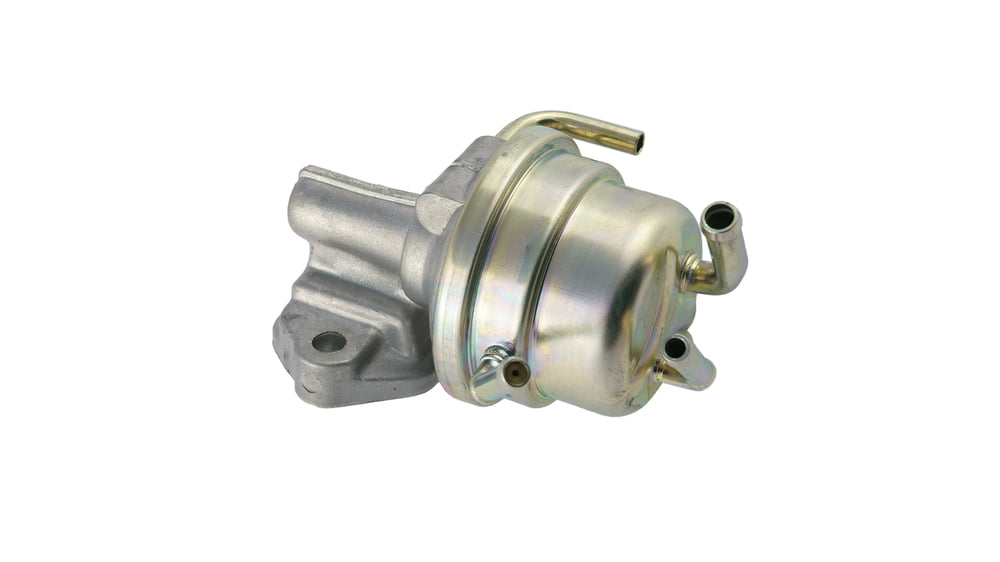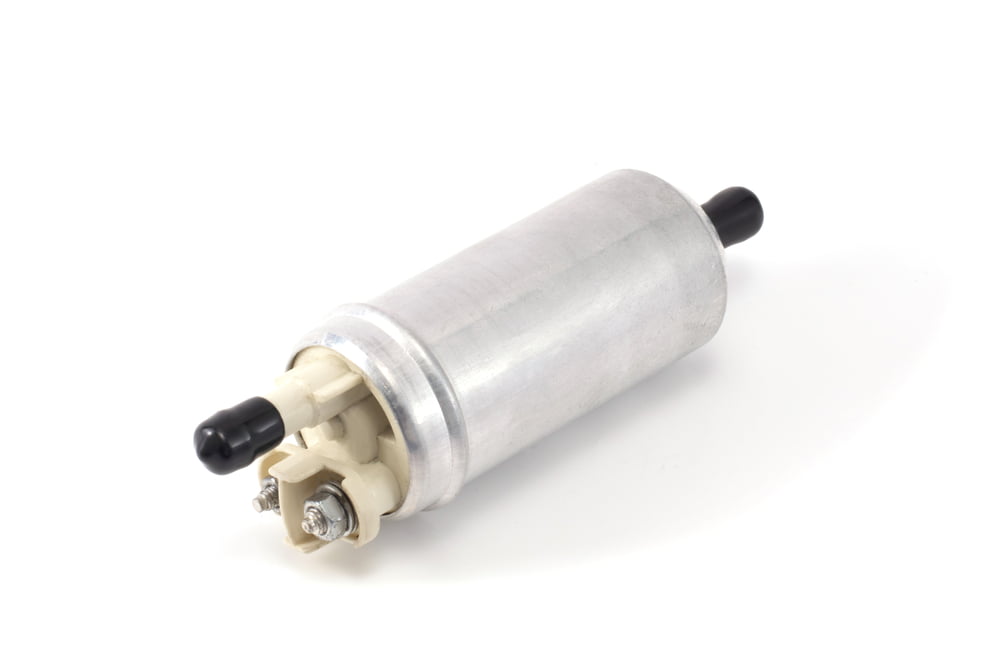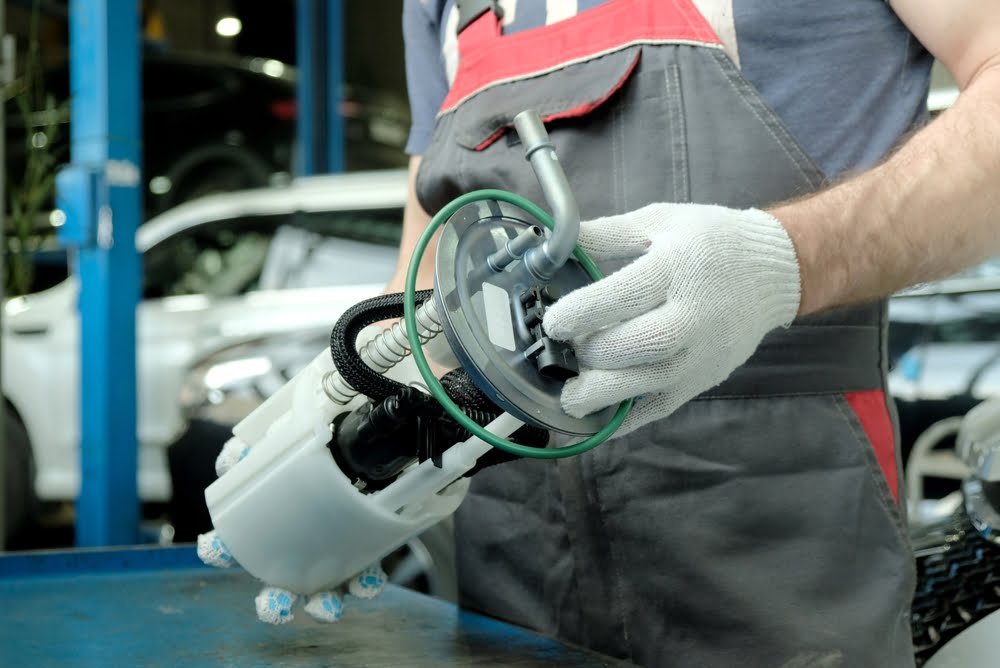Every vehicle has a fuel pump that moves fuel from the gas tank to the engine. Not only is the pump responsible for moving the fuel to the engine, but it also regulates the pressure.
A failing fuel pump can cause significant issues to a vehicle’s drivability and performance, including the car’s inability to start. However, most fuel pumps are designed to last the vehicle’s lifespan, so you generally will only have to replace them after you hit 100,000 miles.
We will discuss the differences between a mechanical vs electric fuel pump and the uses and benefits of both types.
What Are The Differences Between a Mechanical and an Electric Pump?

As with most equipment today, there’s a push toward digital and electrical options, as they’re generally faster, more accurate, and easier to use. However, regarding fuel pumps, there are benefits to both mechanical and electrical, as well as negatives.
Mechanical Pump
If your shop works on many older vehicles, you’re probably familiar with mechanical pumps. Older cars have mechanical fuel pumps powered by a crankshaft and driven by a motor. A small arm moves, which tightens and loosens the pump’s diaphragm, creating the vacuum that powers the pump. These older cars need the mechanical pump near the engine driving the crankshaft, which is less flexible than electrical pumps.
In some applications, mechanical pumps are being replaced by electric fuel pumps because of their pressure threshold. Mechanical pumps are limited to a pressure of up to 6 psi, while electric pumps can operate with pressures of up to 40 psi. However, older cars and equipment aren’t generally built for the high-pressure output from electric pumps, so mechanical pumps may still be the right choice for older vehicles.
Mechanical fuel pumps are known for being reliable, quiet, easy, and perfect for older engines with carburetors. However, one drawback to mechanical fuel pumps is the possibility of vapor lock in the fuel line. Vapor lock, when fuel turns into vapor before it reaches the pump, happens when the engine or exhaust system gives off excessive heat. If this happens, the car will stall, and you may have problems restarting the engine.
Electric Pump
Newer vehicles use an electric fuel pump because they have direct fuel injection systems instead of a carburetor. The electrical pump’s higher pressure is perfect for this application.
Because electric pumps use electric power, they can be located in the fuel tank, which is much more flexible than a mechanical fuel pump. In addition, the position of the electric pump eliminates any possibility of a vapor lock, which is a significant benefit.
Like mechanical fuel pumps, electrical fuel pumps are simple and reliable. However, replacing them can be difficult, as you must drain and remove the fuel tank. In addition, many times, electric fuel pumps have ineffective filters, with no way to change them easily. Other potential issues include the likelihood of rust or sediment in the fuel and prolonged heat exposure diminishing the pump’s lifespan.
Additionally, a significant drawback of electrical fuel pumps is the fire risk due to an unknown leak. Therefore, if you smell fuel or hear whining from your tank, it’s imperative to inspect it immediately.
Best Uses for a Mechanical Pump
While all new production vehicles have a fuel injection system (meaning they include an electrical fuel pump), there are still plenty of uses for a mechanical pump.
You’ll need an engine-mounted mechanical fuel pump if your vehicle has a carburetor (most cars before 1990). The low-pressure mechanical pumps don’t require a regulator and work on engines with around 450 horsepower.

Best Uses for an Electric Pump
Almost all newer models of cars with a fuel injection system require an electric fuel pump. However, because of the higher pressure of an electric pump, you’ll likely need a fuel pressure regulator.
Cars with engines above 450 horsepower and up to 2,000 horsepower will need an electric pump. Other options include belt-drive fuel pumps and an EFI sump, but unless you’re dealing with extreme-performance sports cars, you likely won’t need to consider these.
What Should My Fuel Pressure Regulator Be Set At?
When deciding between a mechanical vs electric fuel pump, you may want to consider the need for a regulator. If you have a mechanical pump, you don’t need a fuel pressure regulator, but all fuel-injected vehicles require one. A regulator ensures that your fuel injectors or carburetor receive the proper fuel pressure.
While every system is different, some standard settings are:
- Carburetor/Mechanical Pumps: 6 PSI
- Fuel-injection system/Electrical Pumps: 40 PSI
- While these are standard suggestions, verifying with your manufacturer is always best.
What Fuel Filter Should I Use?
When considering a mechanical vs electric fuel pump, you should also consider the required fuel filters. Mechanical and electrical fuel pumps require different fuel filters. While a mechanical fuel pump will do well with an inline fuel filter, electric fuel pumps also need a pre-filter.
Mechanical pumps usually need a 40-micron filter as the inline fuel filter between the carburetor and the pump. However, most mechanical fuel pumps don’t require a pre-filter, an added benefit.
On the other hand, electrical pumps require a pre-filter, such as a 100-micron filter. The recommended post-filter is 10 microns to protect the fuel injectors adequately.
Some filters also have a built-in regulator, which can be an excellent all-in-one solution.
SVI International- Your Source for Automotive Equipment Repair

Whether you’re a new shop or you’ve been around for decades, having a reputable auto equipment repair partner is key. With almost 50,000 products, including parts for brake lathes, auto lifts, tire machines, and petroleum equipment, SVI is your one-stop shop for your equipment repair needs!
While SVI offers its own brand of automotive equipment, we also supply many aftermarket products for your needs! So don’t let a simple repair keep your shop from running effectively. In addition, SVI offers same-day shipping on many of our products from our Chicago and Los Angeles warehouses. So, contact the experts at SVI International today! We look forward to helping you find the right parts for your needs and keeping your shop on target.
